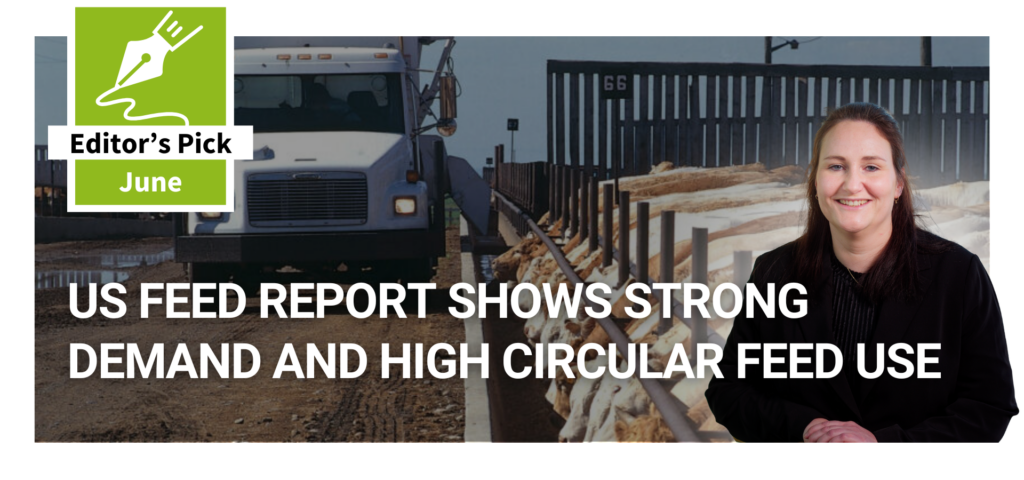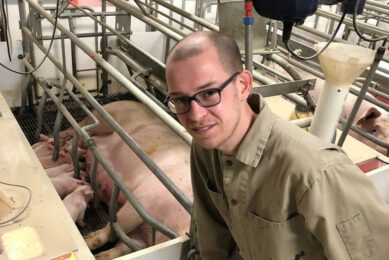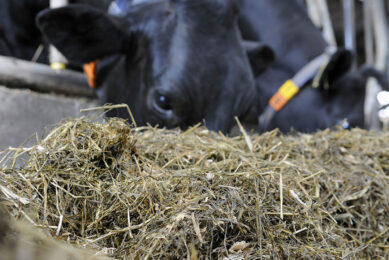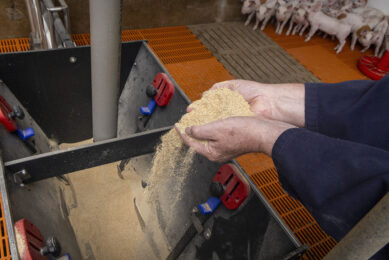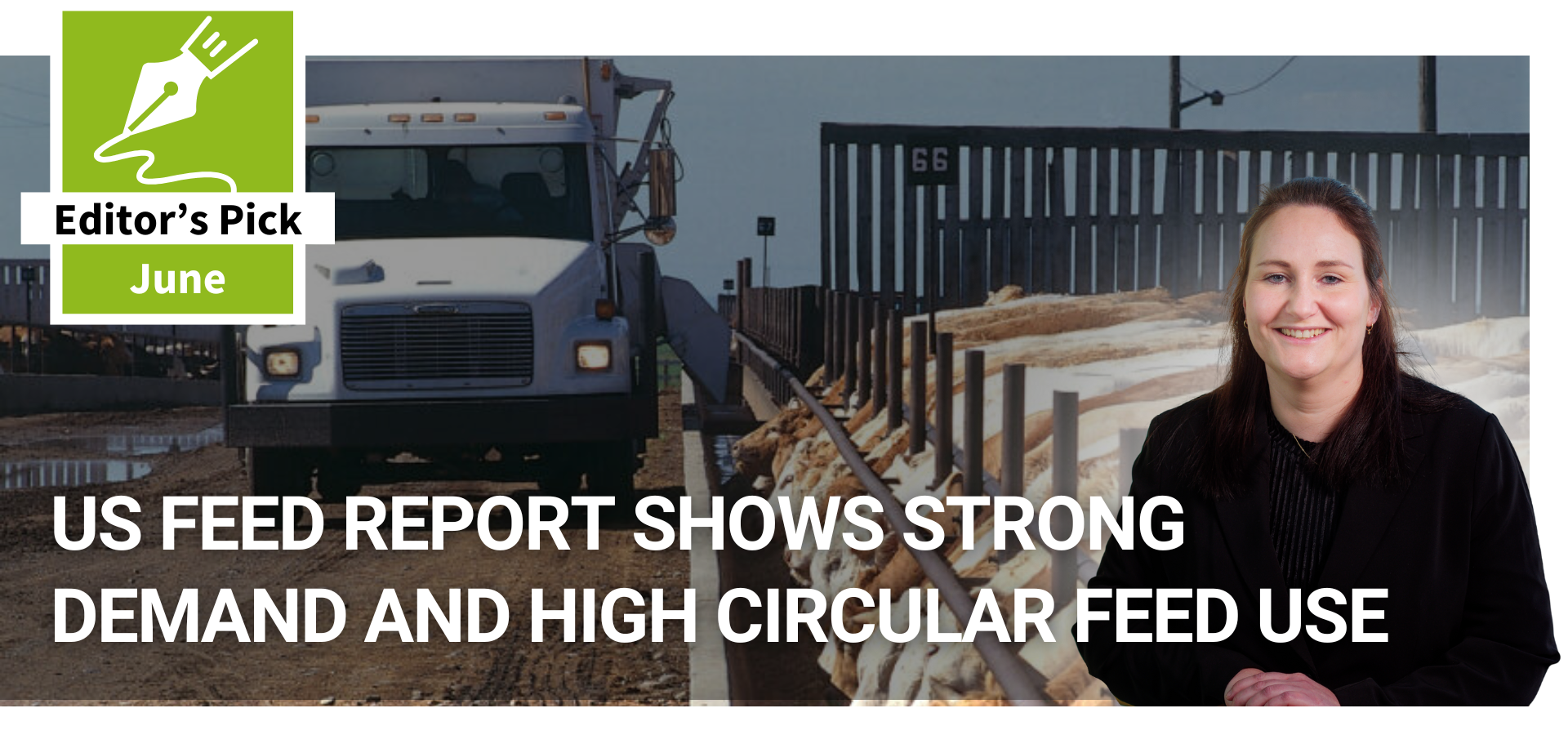Farm visit Australia: Improving home-grown feed
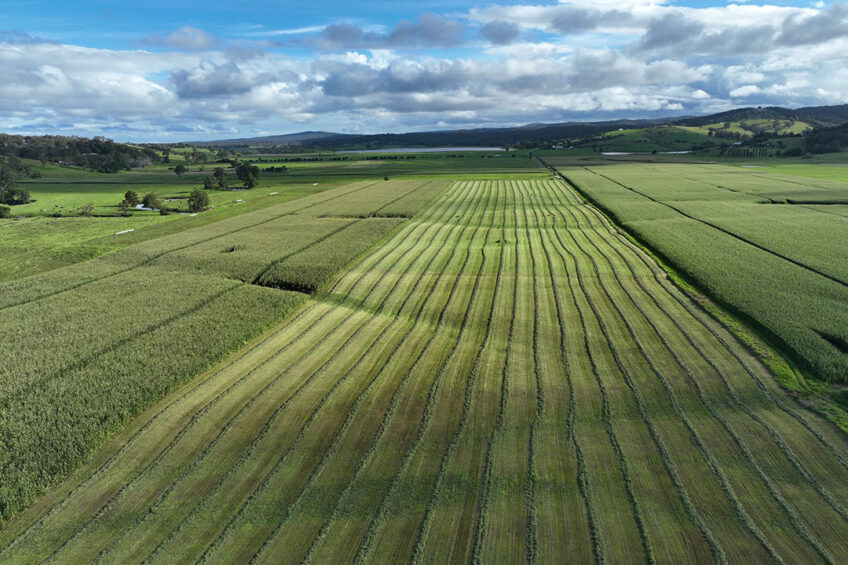
Australian dairy farmer Will Russell is working on higher milk production per cow. Pasture management and better feeding practices have already led to many improvements on the farm.
Will and his father, Rob, run 300 Illawarra dairy cows on their 130 ha milking platform near Jellat Jellat, in the Bega Valley of New South Wales. Will is a 6th-generation farmer. He returned to the family farm 3 years ago.
Feeding the cows better gets us more milk from them
Farm analysis
“When I was back at the farm, we did a farm analysis as part of a workshop by Dairy Australia,” Will explains. “We went through the farm’s data over the last few years and found that our cows could probably be fed a bit better.”
Will decided to focus on improving his pasture management and irrigation knowledge. “Feeding the cows better gets us more milk from them. We knew we wanted to use home-grown feed rather than buying it in. We also realised we were feeding them too much silage. You never get as good a product in silage as you do out in the paddock with grazing.”
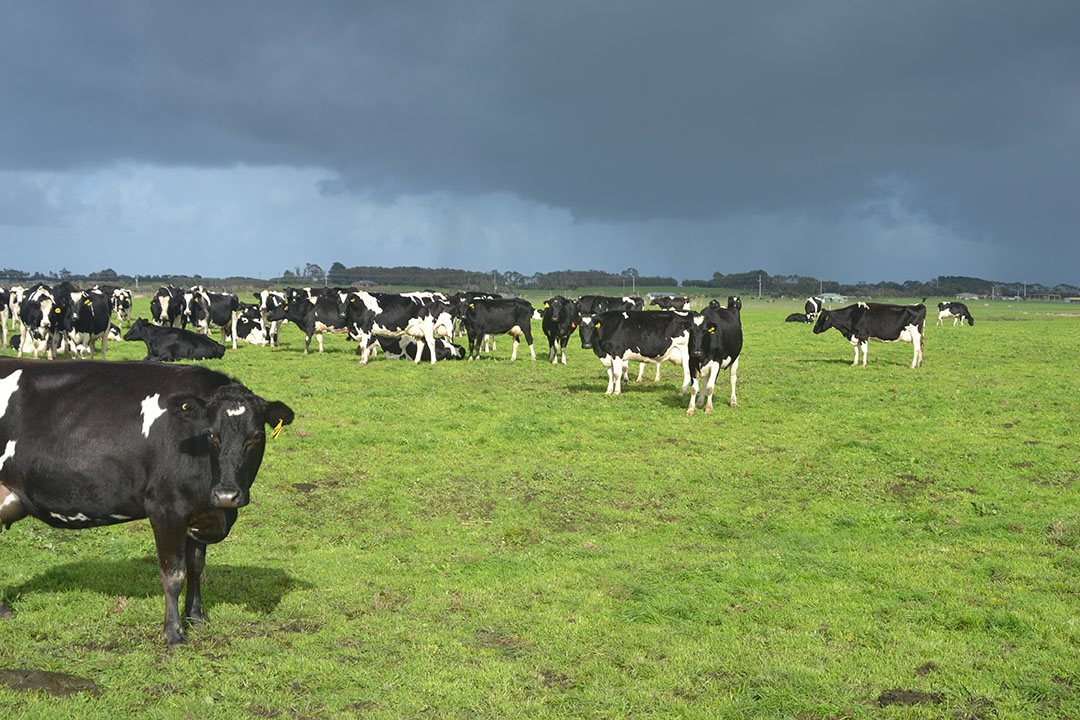
The New South Wales farmer first reduced the number of paddocks on the farm from 30 to 21, to offer his cows better feed availability.
Will: “It improved our grazing management. We were able to give the cows higher quality feed. Bigger paddocks gave us more accurate pasture allocation, resulting in better post-grazing residuals, between 4 cm and 6 cm.”
It helped us to make better watering decisions
Smart irrigation technology
Will also started to use smart irrigation technology to grow more feed and increase his herd size. “Irrigation is a huge part of how we grow feed,” he says. Technology like soil moisture probes with real-time telemetry has become an integral tool for Will. Using technology to monitor soil moisture also ties in with Will’s studies in mechanical engineering.
Readily available water zone
For Will, the key to reading the probe data is to ensure a pasture’s soil moisture stays within the readily available water (RAW) zone. Maintaining soil moisture within the RAW zone enables plants to most easily access water and use saved energy to develop. Getting the right amount of water into the soil is an important part of Will’s farm management.
Better watering decisions
He was a partner in the Smarter Irrigation for Profit Phase 2 program. “It helped us to make better watering decisions,” he points out. “We have every different type of irrigation system you can think of, including a 25 ha centre pivot. Up until now, one of our biggest irrigation challenges has been getting the timing of start-up right, but with the soil moisture data this has become a lot easier.”
Before installing the probes, Will says, he was always pushing out irrigating until it was sometimes too late and the soil moisture had depleted too much. “The technology we’re now using tells us in black and white: ‘We need to irrigate now’,” he emphasises.
Varying soil types
Having this information for varying soil types is important as the responses can be different. For example, lighter soils will lose moisture more readily, and heavier soils may become saturated under the same irrigation management.
Monitoring soil moisture
Will says accurately monitoring the soil moisture for different soil characteristics ensures that irrigation scheduling stays as efficient as necessary. “Our farm is a farm of 2 halves. One half is fertile river flats and the other undulating hill country that is hard to grow pasture on without a lot of water. On the flats you can use the big gun irrigators and irrigate a lot of water very quickly, and it’ll handle it. On the hills, you want systems that put on small amounts of water regularly to suit that soil type, otherwise you’ll just be wasting the water that won’t get to the plants.”
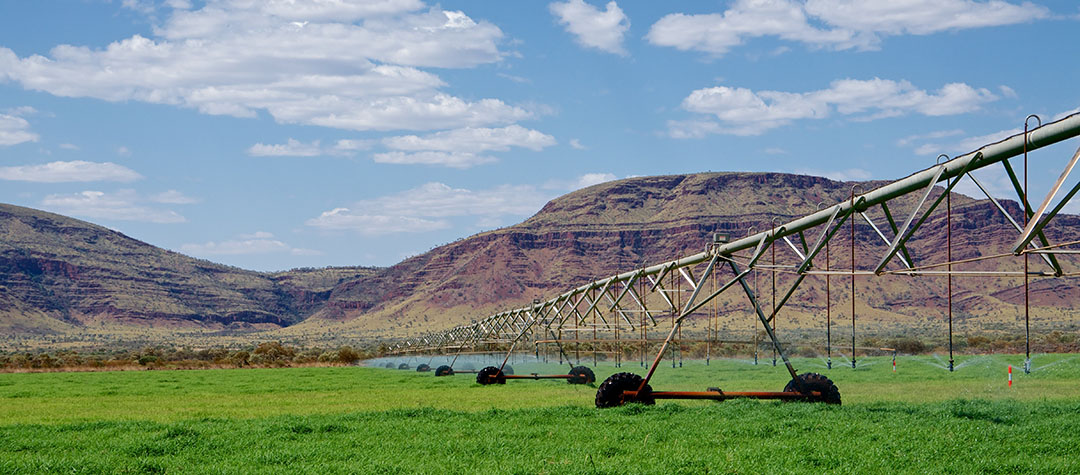
Producing more feed
The main differences Will has seen from the use of effective soil moisture monitoring is in yields and the effect on the size of the herd his farm can support. “There is no doubt in my mind that by knowing to start irrigating earlier to keep soil moisture in the RAW zone, we are producing more feed than before,” he says.
The Russell family grows 15 ha of corn for silage each year. This provides them with feed in late autumn and early winter. “We have really looked into the silages we use,” Will says. “We found that the corn silage, on our block that we can’t graze, gives us a cheap silage that works well with our grazing. It gives the cows energy, while they get their protein from grazing. It’s a good fit. And our milk price in the Bega Valley is good, so it makes sense for us to intensify a little bit. It helps us to milk a few more cows.”
Proportion of grazed feed
In the past few years, the family has decreased the proportion of kikuyu grass on the farm to 50%, from a peak of up to 80%. They have replaced it with annual ryegrass, Italian ryegrass and perennial ryegrass. Early planting of ryegrass helps to increase the winter feed.
“We try to match the grass in the paddock better to the herd demand,” Will says. “We just had too much kikuyu. When it really grows in the summertime, it gets away from you. And when it grows too much, it gets stemmy and stalky because you can’t get the cows around it quick enough. Then it becomes a straw-like product with a low nutritional value.”
This also helps the Russells to keep the cows grazing during the winter months. The family is trying to increase the proportion of grazed feed in the diet of the cows. The grazed portion per cow has already increased and the aim is for 2.5 tonne per cow. “We would have reached 2.5 tonne this year, but New South Wales has been hit by flooding in the last three months and it really knocked us around,” Will says.
He also hopes to increase his herd size up to 350 in the next couple of years. “We’ve tried to push it up to 350 cows this year. We were getting there but with all the rain and the mud on the farm recently, we had a terrible run. We had to cull numbers back to 300. We will try again in the coming years.”
Production per cow higher
But the changes in irrigation and feeding have already had a positive effect on the farm in terms of production per cow, which went up from 460–470 kg of milk solids to around 490 kg per year. “Our aim is 530 kg per cow,” Will says. “Hopefully we will hit it next season.”



